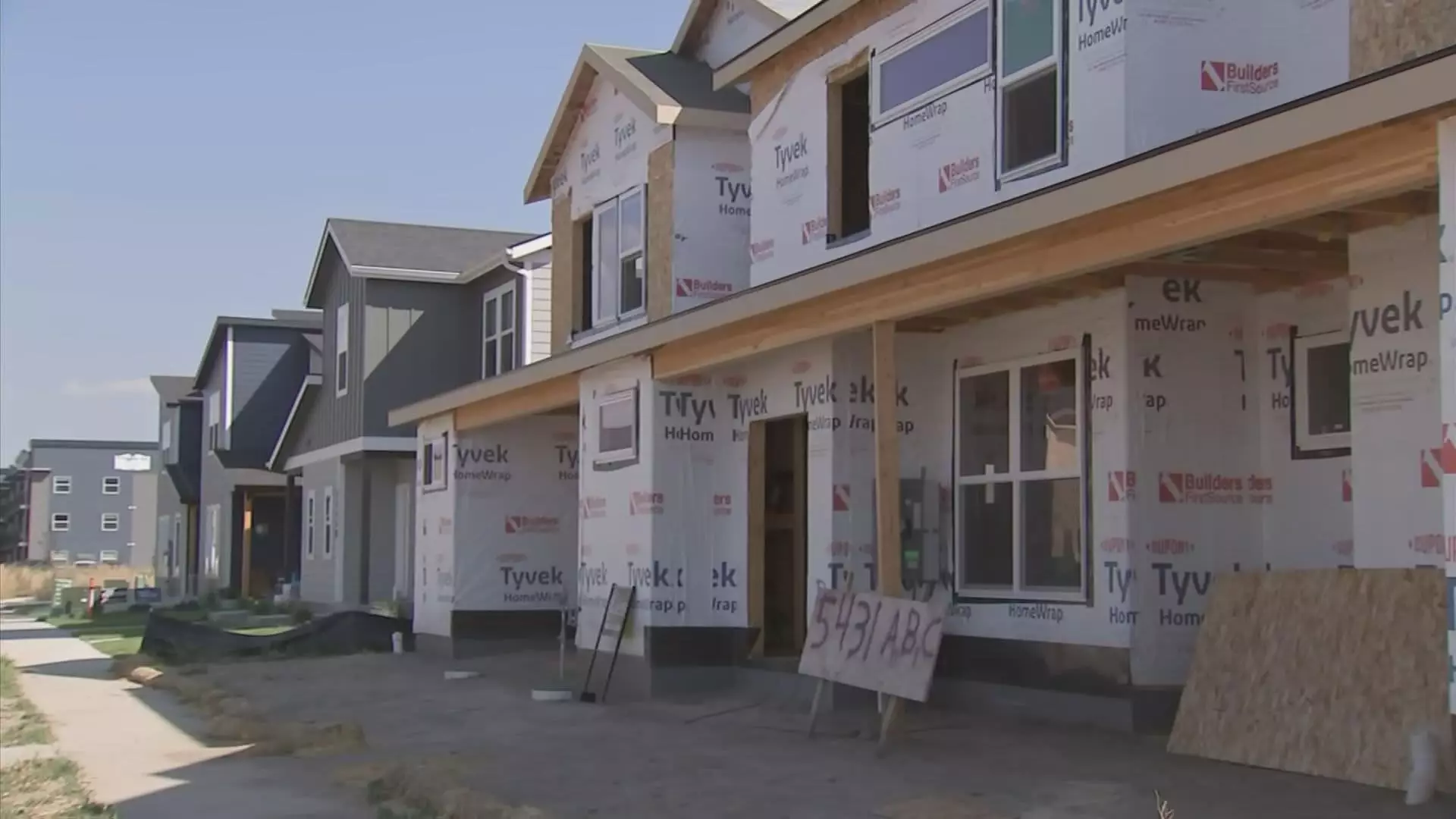In recent years, Montana has faced a significant escalation in housing costs, which has affected the state’s long-term residents and ignited contentious political debates. This crisis can be traced back to a combination of external factors, government policies, and local responses, all of which interplay to shape the housing landscape in the Big Sky state. As more out-of-state buyers flood the market, the implications are felt across socio-economic lines, leading to urgent calls for reform and innovative solutions.
Montana’s housing market has seen a dramatic surge in demand, primarily fueled by an influx of individuals moving to the state from regions with higher living costs. As highlighted by DJ Smith, president of the Montana Association of Realtors, many in-state residents find themselves increasingly marginalized, struggling to secure homes that are both suitable and financially accessible. The median home price in certain areas, such as Missoula, has reached staggering heights, contrasting sharply with the median household income of approximately $67,631. The challenge is compounded by a challenging labor market, which limits housing supply due to worker shortages in construction and skilled trades.
Many new arrivals, armed with proceeds from the sale of expensive properties in places like California and Colorado, can afford to make all-cash offers on homes, further inflating prices and displacing local communities. The economic disparity created by this influx raises urgent questions about equity and preservation within Montana’s housing market.
Political Responses and Consequences
The housing crisis has emerged as a focal point in ongoing political campaigns, with Democratic incumbent Jon Tester facing an uphill battle for re-election. His campaign has made housing affordability a central theme, emphasizing the need to address the steep rise in prices stemming from influxes of wealthier newcomers. Tester’s rhetoric reflects a growing concern among residents regarding the potential compromising of Montana’s unique character and sense of community, associated with the influx of wealth and the rise in living costs.
Conversely, Republican challenger Tim Sheehy positions the crisis within a national economic framework, attributing rising housing costs to inflation and federal policies linked to President Joe Biden. In a debate, Sheehy asserted that the difficulties in attracting new employees to the state stemmed from exorbitant housing prices—an argument that signals a deeper nexus between local issues and broader federal economic policies. The dissonance between these political narratives underscores the complexity of the crisis, as candidates scramble to align their perspectives with the pressing needs of voters.
At the heart of Montana’s housing dilemma lies a labor shortage that hampers construction and renovation efforts. Local builders, such as Andrew Weigand of Butler Creek Development, have noted the challenges posed by an aging workforce in trade professions like plumbing and electrical work. As skilled laborers retire without adequate replacements coming into the field, the construction industry faces rising costs and project delays that ultimately ripple through the housing market.
Moreover, increased construction costs are not just a product of labor shortages; they also reflect heightened material costs driven by broader economic conditions. As prices rise, the profitability of construction projects diminishes, leading to fewer available units and, by extension, a tightening of the market. The resulting scarcity only exacerbates affordability challenges, forcing many residents to explore alternative housing solutions, such as mobile home parks.
Potential Solutions for Housing Affordability
In response to the pressing housing crisis, Tester has proposed various measures aimed at alleviating the burdens placed on Montanans. These initiatives include grants for housing expansion, assistance with home repairs, and tax incentives for mobile home park owners to facilitate sales to resident coalitions rather than profit-driven developers. Such strategies aim to empower local communities and ensure affordable housing opportunities remain accessible.
Sheehy’s proposals, in contrast, center around enhancing trade programs to address the labor shortages plaguing the construction industry. By investing in workforce development, his campaign seeks to create a sustainable pipeline of skilled workers while mitigating the immediate effects of the housing crunch.
The housing affordability crisis in Montana is multifaceted, impacted by an influx of out-of-state buyers, local economic challenges, and shifting political landscapes. As both parties grapple with the urgency of the issue, it is evident that effective and innovative solutions are necessary to restore housing equity for all Montanans. The dialogue surrounding this crisis is critical, shaping not only the outcomes of elections but the future of communities across the state. Ultimately, addressing the underlying causes of the housing crisis will require collaboration and a commitment to preserving Montana’s character in the face of rapid growth and change.

